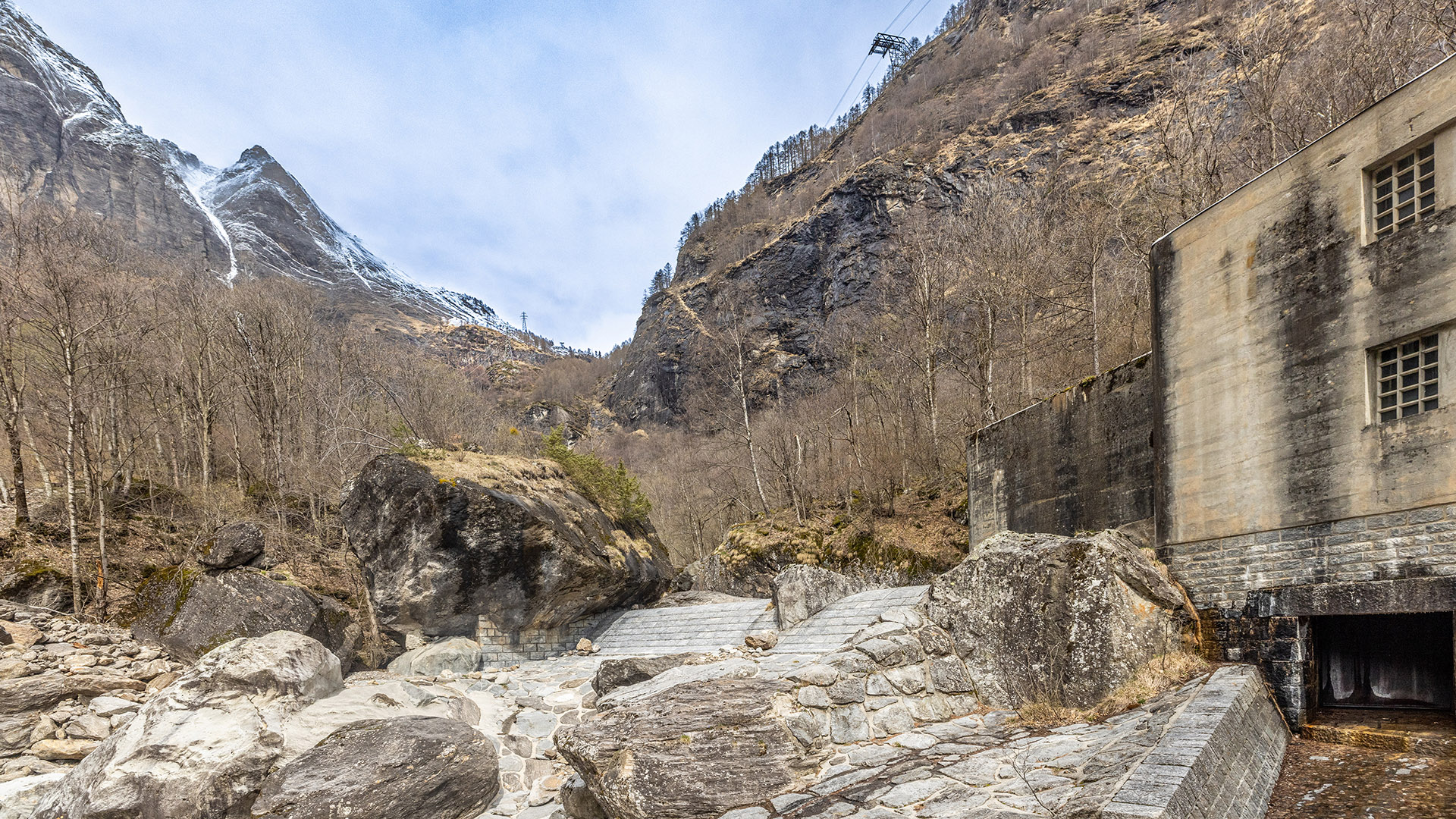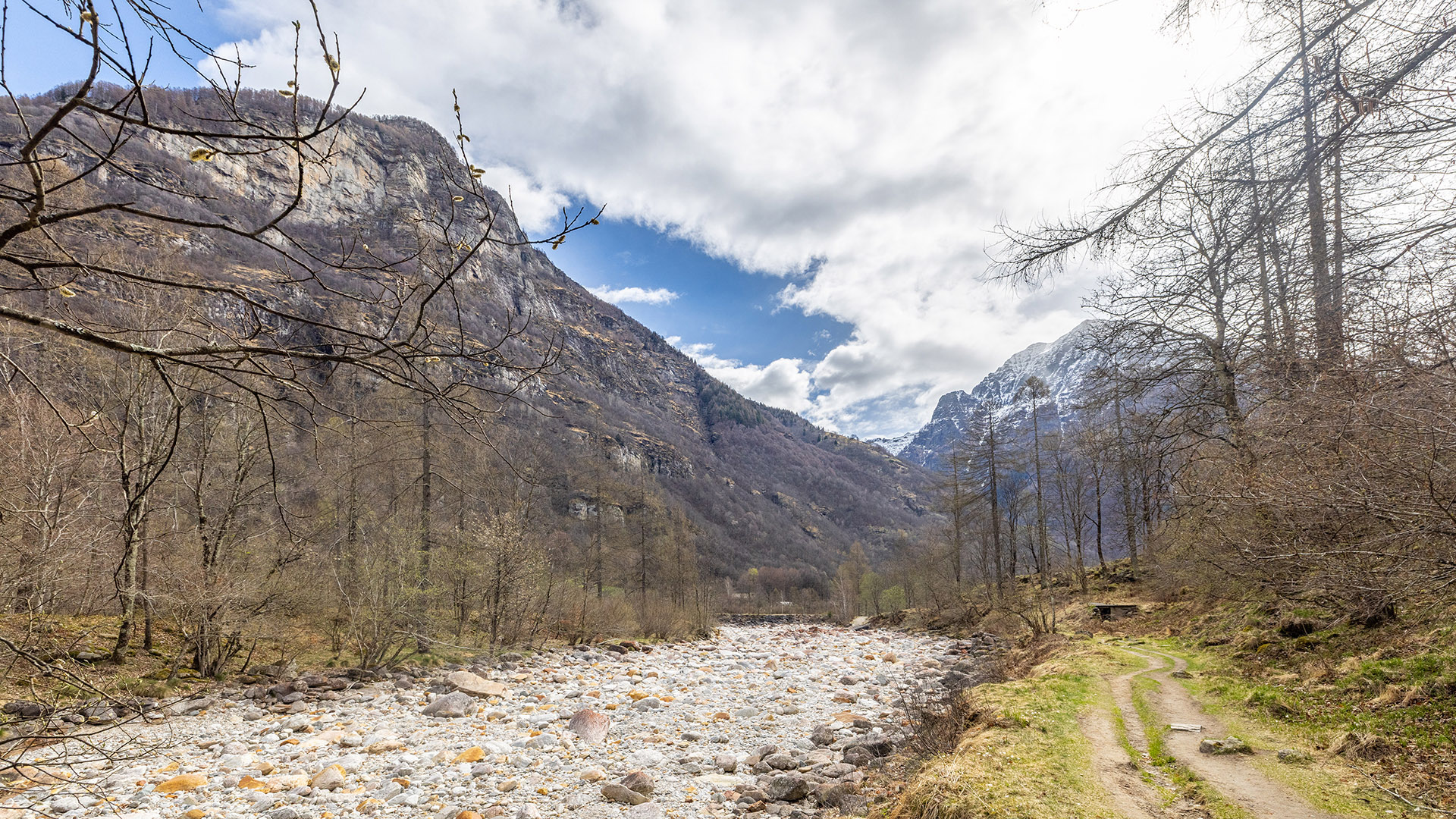DIVING INTO THE CASE: THE ENERGY SYSTEM AND TRANSITION
3.2
Energy: The supply side
A transition to renewable energy sources has consequences for actors, development and use of technologies, as well as for the environment. Let’s look at these challenges by exemplarily focusing on the example of hydropower.
A key aspect of the current energy transition is the move away from fossil fuels to renewables. This is a shift on the supply side of the energy system.
There are numerous renewable energy sources: photovoltaics (PV), wind power, hydropower, geothermal energy and biomass, to name just a few. These energy sources can be differentiated into variable renewables and dispatchable renewables.
Variable renewables are energy sources for which production possibilities depend on conditions outside of human control, such as sunshine, wind or precipitation. Typical examples for these renewables are PV, wind power and run-of-the-river hydropower plants.
In contrast, dispatchable renewables can supply energy exactly when it is demanded. Examples are reservoir hydropower plants, geothermal energy or biomass (which can be stored to some extent).
As discussed in the preceding step, every energy system has to match demand and supply. If we are not willing to consume energy only in times where it is readily available, we have to use at least some share of dispatchable energy sources. However, as these sources are scarce in many countries, we expect that a mix of variable and dispatchable sources will be used in almost all countries.
A second consideration on the supply side is affordability. Indeed, SDG #7 highlights this by being a call to “ensure access to affordable, reliable, sustainable and modern energy for all”. Renewable energies differ from fossil-fuels in an important way in this regard. They often use energy sources that are easily available in many countries, such as sunshine, wind or water. Thus, they have very low operational costs; we do not have to pay for fuel to run a wind turbine. But renewables require a lot of investment; PV installations, wind turbines and hydropower plants are expensive. These costs have to be paid upfront. Therefore, an important question is how to finance the energy transition.
Also, as discussed before, some energy carriers, most notably electricity, require infrastructure, such as an electricity grid. Since harvesting renewables is land-intensive – that is, renewables require much more space than fossil fuel-based power plants – renewable production is usually decentralised. We will have millions of small-scale PV installations, thousands of wind turbines and small geothermal installations in many countries. This requires adjustments to the grid, which has been designed to distribute centrally-produced energy to customers, not to distribute locally-generated electricity to local customers. Again, this means upfront investments. The energy transition will thus require much capital, but will result in a system that is cheap to operate and maintain.
A second important supply-side aspect is that we shift environmental impact. Moving away from fossil fuels is important to mitigate climate change. But the transition to other energy sources also has consequences for our environment.
Let’s take the example of hydropower. This is of primary interest for Switzerland; it is a renewable low-carbon source of energy. Using water as a resource, hydropower also creates a water-energy-nexus. This nexus links the economic, the ecological and the social dimension and, therefore, all three pillars of sustainable development.
Hydropower reservoirs play an increasingly important role for the electricity supply. Currently, more than 800,000 artificial lakes and reservoirs covering a surface area of 500,000 km2 have been created globally and the resulting capacity of hydropower could be substantially increased. With the accelerated melting of glaciers, the potential for reservoirs to balance and store energy will be even more relevant in the future. As a consequence, the need to apply sustainability criteria to decisions on site selection, construction and maintenance of hydropower plants will continue to increase.
Hydropower operations induce ecological effects. One obvious effect is the disruption of fish migration by hydropower dams, which has already led to the extinction of many susceptible migrating fish species. Worldwide, one-third of freshwater fish species are at risk due to built or planned hydropower dams.
In addition, operating hydropower plants results in fluctuating water levels; this influences reservoirs that are located upstream, as well as the downstream flow regime of the plants. The artificial water level fluctuations are more pronounced than natural fluctuations and differ from those in terms of frequency, amplitude, duration and season.
 The top of a mountain creek in the Alps with little discharge, a typical situation when water is withheld in the hydropower plant. © Prof. Jürgen Holm
The top of a mountain creek in the Alps with little discharge, a typical situation when water is withheld in the hydropower plant. © Prof. Jürgen Holm
For ecosystems, such fluctuations can be quite detrimental. They have an impact on the ecology of the reservoirs, which are artificial lakes. The littoral zone of these lakes is most strongly affected; and this is the zone where benthic algae fix carbon to produce biomass. Benthic primary production is especially important in nutrient-poor alpine lakes and reservoirs, where benthic production can even exceed the production of pelagic free-floating algae. Lakes contribute considerably to global biodiversity, disproportionally to their size. They also host more threatened species than terrestrial ecosystems and provide key ecosystem services.
Downstream of hydropower plants, the natural habitats of freshwater species are strongly affected, potentially even destroyed. When water is released, the artificially high discharge sweeps along fish and invertebrates to reaches further downstream which miss adequate habitats.
In addition, the strong fluctuation of water temperature and deprived concentrations of nutrients affect the aquatic species.
 A mountain creek in the Alps with little discharge in its river bed, a typical situation when water is withheld in the hydropower plant. © Prof. Jürgen Holm
A mountain creek in the Alps with little discharge in its river bed, a typical situation when water is withheld in the hydropower plant. © Prof. Jürgen Holm
Authors: Patricia Holm, Frank Krysiak
References
Hirsch, P.E. et al. (2016). Integrating Economic and Ecological Benchmarking for a Sustainable Development of Hydropower. Sustainability 2016, 8(9), 875.
